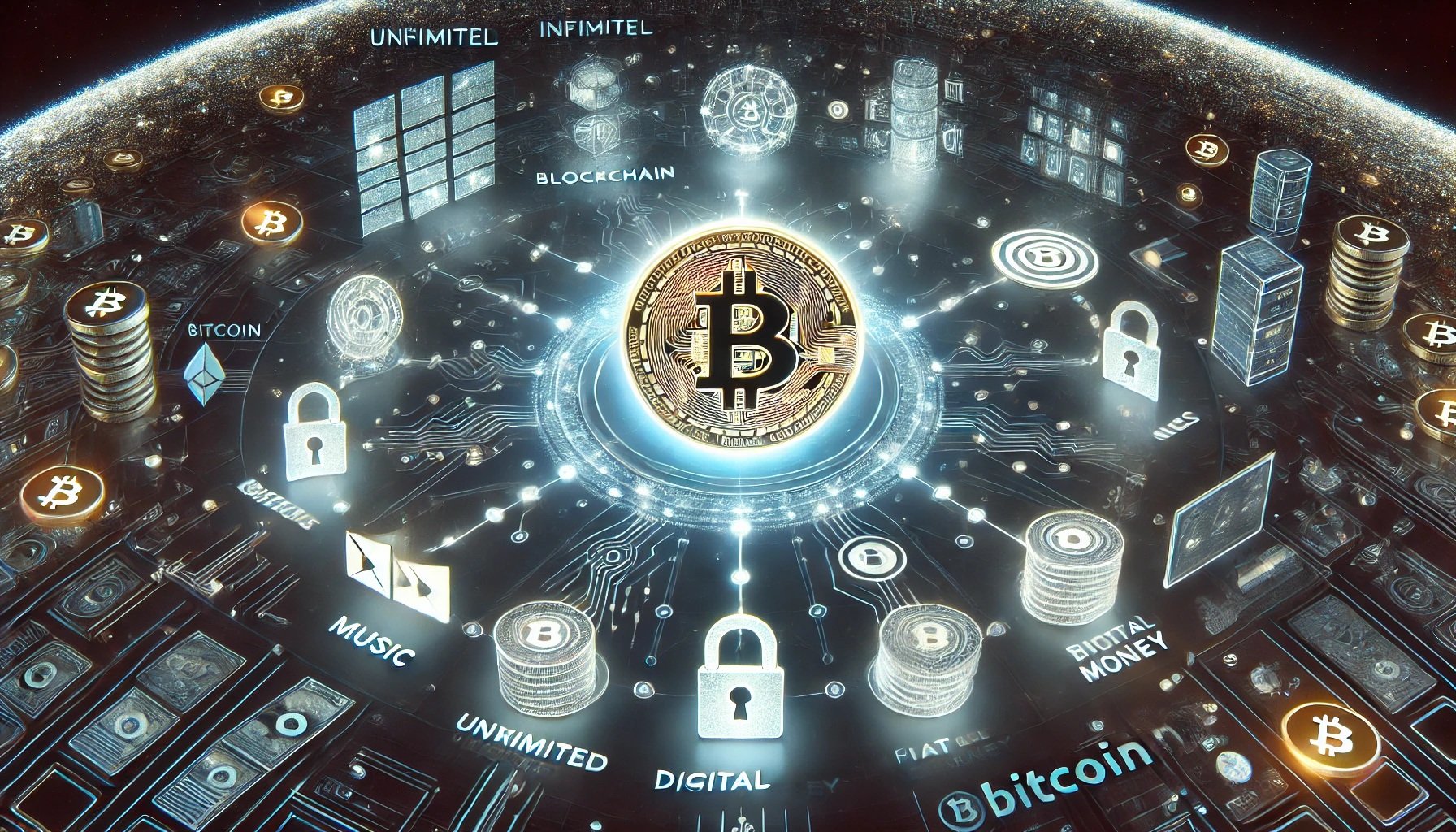The Illusion of Infinite Digital Goods
Think about it, everything digital is infinitely replicable. Movies, music, books, images—one click, and they can be copied and shared endlessly. The internet turned scarcity into an illusion, making digital content cheap, abundant, and easy to distribute.
But what if I told you digital scarcity exists and it’s changing how we think about value, ownership, and even money itself?
Welcome to the revolution of digitally scarce assets.
The Evolution of Scarcity in a Digital World
For centuries, scarcity was what made things valuable.
- Gold is valuable because it’s rare.
- Land is valuable because there’s a limited supply.
- Traditional currencies once held value because they were tied to scarce commodities like gold.
Then, the internet changed everything.
Books became PDFs. CDs became MP3s. Photos, videos, and art became endlessly shareable. Scarcity vanished until Bitcoin introduced the first true example of digital scarcity.
Here’s why this changes everything:
Bitcoin: The First Digitally Scarce Asset
Unlike government-issued money that can be printed limitlessly, Bitcoin has a fixed supply of 21 million coins ever.
- No central bank can create more.
- No government can manipulate its supply.
- It’s mathematically provable scarcity written into code.
For the first time, a digital asset is as finite as gold but with the advantage of being easily transferable and resistant to seizure.
NFTs and Unique Digital Ownership
Bitcoin isn’t the only example. Non-fungible tokens (NFTs) have taken this concept even further.
- Digital art can now be “one of a kind.”
- Exclusive digital collectibles are provably scarce.
- Virtual real estate in metaverses has real-world value.
NFTs prove that digital ownership is real and scarcity drives demand, just like in the physical world.
Why Scarcity Creates Value
Would Manhattan real estate be valuable if you could copy and paste buildings endlessly? No.
Scarcity is what makes things desirable. Bitcoin, rare NFTs, and other digital assets attract demand precisely because they are limited. This is why Bitcoin is often called “digital gold”—it takes the best properties of scarce assets and brings them into the digital era.
Own a Piece of the Future
The world is shifting toward true digital ownership.
Bitcoin and other scarce digital assets aren’t just trends, they’re reshaping the future of finance, art, and property rights. If you haven’t started exploring them yet, now is the time.
By the time digital scarcity is fully mainstream, the best opportunities will already be taken.
Want to learn more? Visit 1Bitcoin.ca to begin, or grab our free Bitcoin Starter Guide. Start understanding digital scarcity before it defines the next financial revolution.
Disclaimer: Bitcoin investments involve volatility and risks. Past performance doesn’t guarantee future results. Consult a financial advisor before investing.




